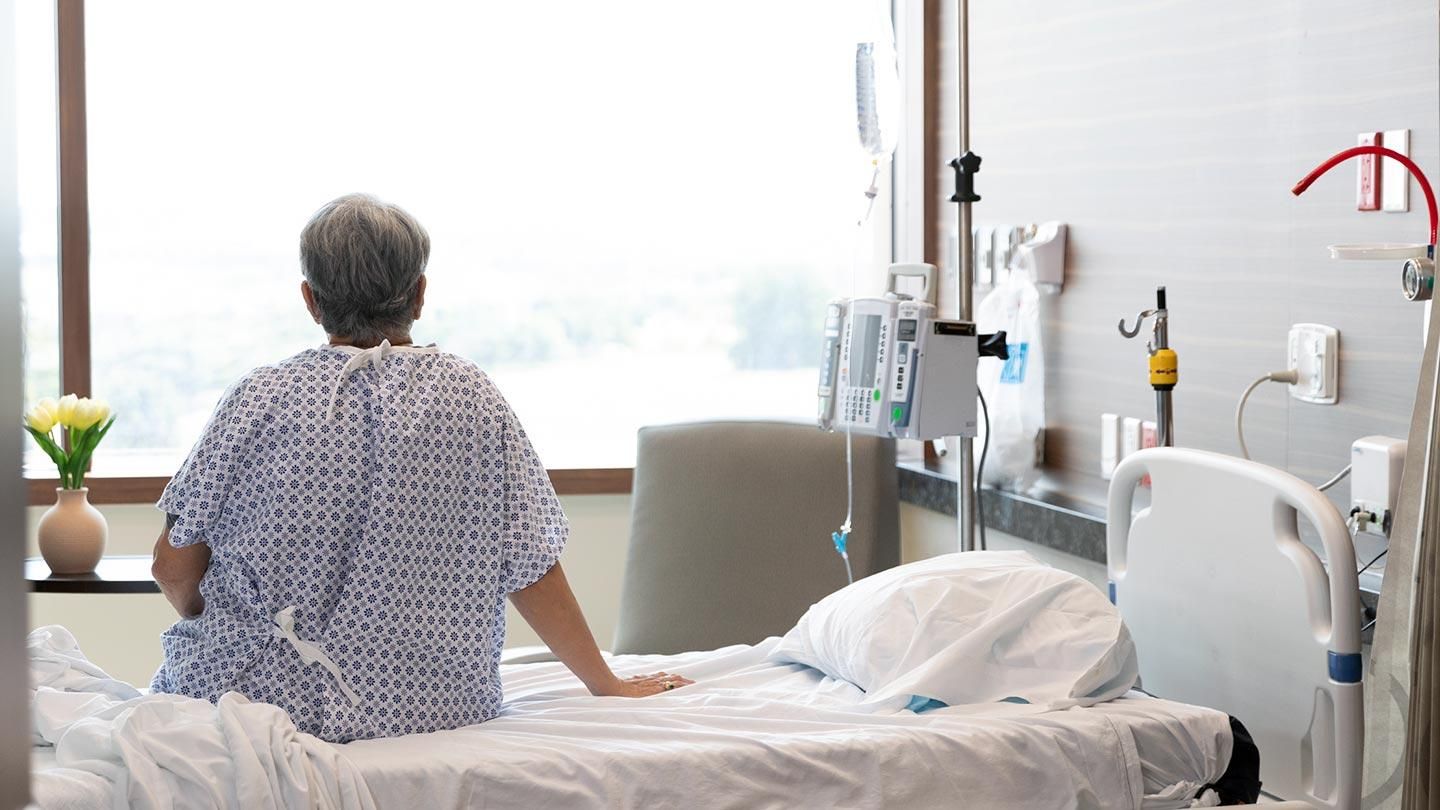
The Hospital Consumer Assessment of Healthcare Providers and Systems (HCAHPS) is a standardized survey developed by the Centers for Medicare & Medicaid Service (CMS) that is sent to patients after they have been discharged from a hospital. The HCAHPS Scores are determined by survey measures of patient satisfaction with their hospital experience, asking questions about doctor and nurse communication, the hospital environment, whether the patient would recommend the facility, and more.
Not only are HCAHPS scores publicly available through the Hospital Compare database, impacting public perception of the facility, but Medicare reimbursements are also tied to the patient satisfaction portion of the survey, making HCAHPS scores an important financial priority for hospitals, as well.
Because of the impact these scores carry, hospitals with below-average HCAHPS results may want to use the following strategies for improving patient satisfaction and boosting their scores.
Tackle One Area of HCAHPS Scores at a Time
The HCAHPS survey is made up of 27 questions and addresses a wide range of areas, including everything from how well nurses listened to how quiet the room was at night. Because there are many varied aspects of the survey, hospitals are often most successful at raising scores when they address one area at a time.
For instance, one HCAHPS survey question reads, “During this hospital stay, how often did nurses listen carefully to you?” To improve scores in this area, hospitals may want to implement a policy that nurses should sit—instead of stand—at the patient’s bedside. Studies, including one in the Patient Experience Journal, have shown that patients perceive nurses as spending more time at the bedside when sitting, and this, in turn, often increases patient satisfaction scores. The organization can focus on this objective for one or two quarters, assess its impact, then move on to another area of concern.
Make Patient Experience Part of Hospital Culture
To improve and maintain HCAHPS scores, hospitals should strive to make patient experience an integral part of the organization’s culture, and this type of cultural shift should be spearheaded and modeled by hospital leadership.
“The single most important contributory factor in our success is that the hospital’s senior [leaders] embrace and drive service excellence for the organization,” Michael Wiechart, COO of Capella Healthcare explained to Becker’s Hospital Review. “They must develop and drive a mature model of accountability that permeates the culture.”
Strategies to create a patient-focused culture might include making patient-centered care a key requirement for new hires, evaluating staff on patient interactions, having hospital leaders interact with patients and families, and implementing mandatory patient satisfaction training.
Prioritize Patient Education
Several HCAHPS questions ask about how well medical concepts were explained, which means patient education should be a key priority for nurses and doctors both during the patient’s stay and at discharge.
“A ‘cold’ discharge process can leave a patient feeling like a number,” Dr. Chabner Thompson told Becker’s Hospital Review. “Empowering the patient with pertinent information and support tools makes a huge difference.”
Providers can improve patient education efforts by asking patients for their preferred method of education—verbal, written, demonstrations, etc.—as well as by providing supplementary educational resources. Additionally, many organizations find success with the “teach back” method, which helps nurses or physicians to ensure patients understand their medication and care instructions upon discharge.
Address Employee Stress Rates
When hospital staff are stressed and overwhelmed, their demeanor will often impact patient experience. Healthcare is an inherently stressful profession, and hospitals often benefit from offering programs and initiatives to help reduce stress for doctors, nurses, and other staff and help them prioritize their own well-being.
For instance, the Gundersen Health System in Wisconsin started a stress management initiative called the Heart Map, which teaches employees to take pauses throughout the work day to lower their heart rates and have moments to themselves. After several months using the system, 70% of employees reported feeling more calm, 47% reported having less anxiety, and 94% felt better able to handle emotional stress, according to Health Leaders Media.
This type of initiative can have a significant impact on patient satisfaction, as positive, engaged staff are more likely to provide top-notch care.
Improve HCAHPS Scores With Guideway Care
Guideway’s non-clinical Care Guidance services address gaps in care and proactively identify and address issues that impact patient health and well-being. Care Guidance has been proven to boost patient satisfaction scores to the 90th percentile, with HCAHPS Care Transition scores in the 95th percentile or above for U.S. Hospitals. Contact us to learn more about how Care Guidance can improve patient experience and patient satisfaction scores for your organization.


